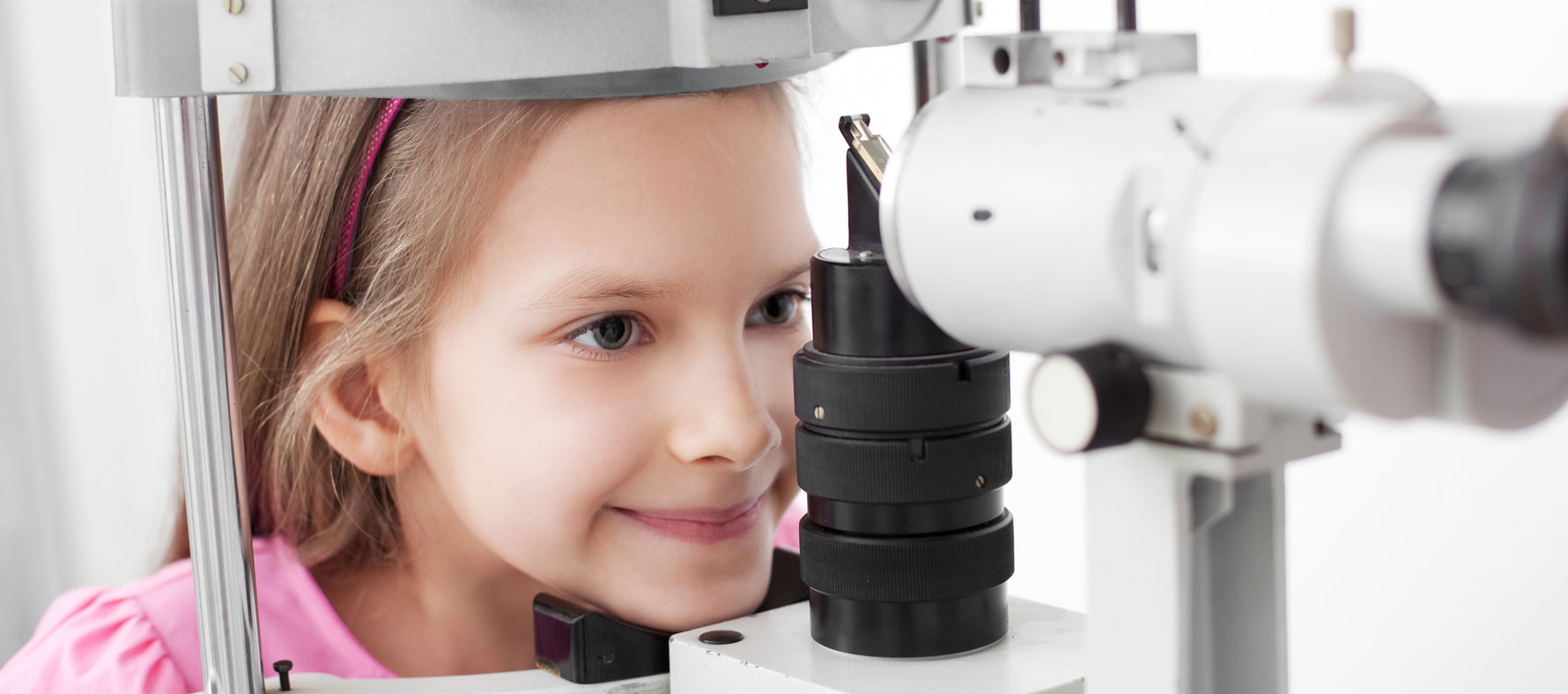Children’s eye exams at Doctor & Associates are a routine part of our pediatric ophthalmology practice. Our ophthalmologists, deal with problems common to or seen exclusively in the pediatric or children’s age group such as Crossed Eyes & Strabismus.
Strabismus is a misalignment of the eyes. It includes in-turned eyes, called Esotropia, out-turned eyes, called Exotropia and other eye muscle disorders.
This form of Esotropia, or crossed eyes is also known as Infantile Esotropia and usually develops before the child is six months old and is characterized by a large eye turn. Unlike Accommodative Esotropia, glasses will not correct the eye turn. Amblyopia is common in children with Congenital Esotropia and should be treated early. Once the child's vision is equalized, treatment can be recommended for the eye turn. Eye muscle surgery is the treatment for patients with Infantile Esotropia. The surgery is usually performed on both eyes, although it may also be done on one eye.
Most children are farsighted and have the potential to see well at both distance and at near. However, they have to "focus" or accommodate to do so. There is a neurological reflex that makes the eyes want to cross when we try to focus. This normal reflex allows our eyes to maintain alignment when we focus to read material close to us, i.e. our eyes must both turn in a little to work together at near. However, if a child is very farsighted, their eyes will cross when they focus to see well. The treatment for this type of strabismus is eyeglasses to correct their farsightedness.
Intermittent Exotropia is a type of strabismus where one, or both, eyes turn outward intermittently. It usually begins in the 2-3 year age group and is first seen infrequently when the child is sick or tired and only when they are looking into the distance. For this reason, in its early stages, it may not be seen in a pediatrician's office, when the child is examined only up close and is well rested. Amblyopia can occur in intermittent Exotropia but is uncommon.




